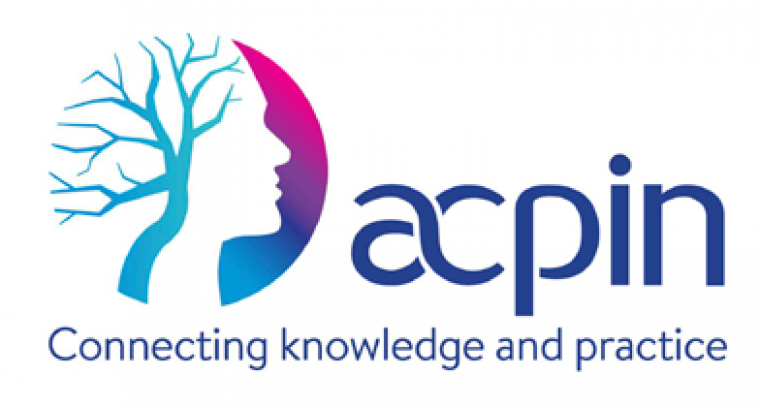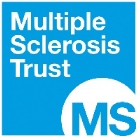Structure
Peer Review and Ethics
Using Third-Party Material in your Paper
Word Limits and Format
Submitting Your Paper
Your paper should be compiled in the following order: title page; abstract; keywords; main text introduction, materials and methods, results, discussion; acknowledgments; declaration of interest statement; references; appendices (as appropriate); table(s) with caption(s) (on individual pages); figures; figure captions (as a list).
Please do not include authors name on the blind-Manuscript.
Please include another file with title of paper, authors’ names, corresponding authors, disclosure statement – Conflict of Interest’ as a separate file.
Author details. Please ensure everyone meeting the International Committee of Medical Journal Editors (ICMJE) requirements for authorship is included as an author of your paper. All authors of a manuscript should include their full name and affiliation on the cover page of the manuscript. Where available, please also include ORCiDs and social media handles (Facebook, Twitter or LinkedIn). One author will need to be identified as the corresponding author, with their email address normally displayed in the article PDF. Authors’ affiliations are the affiliations where the research was conducted. If any of the named co-authors moves affiliation during the peer-review process, the new affiliation can be given as a footnote. Please note that no changes to affiliation can be made after your paper is accepted.
All authors submitting to medicine, biomedicine, and health sciences, allied and public health journals should conform to the Uniform Requirements for Manuscripts Submitted to Biomedical Journals, prepared by the International Committee of Medical Journal Editors (ICMJE).
Synapse is committed to peer-review integrity and upholding the highest standards of review. Once your paper has been assessed for suitability by the editor, it will then be double blind peer reviewed by independent, anonymous expert referees.
Complying With Ethics of Experimentation
Please ensure that all research reported in submitted papers has been conducted in an ethical and responsible manner, and is in full compliance with all relevant codes of experimentation and legislation. All papers which report in vivo experiments or clinical trials on humans or animals must include a written statement in the Methods section. This should explain that all work was conducted with the formal approval of the local human subject or animal care committees (institutional and national), and that clinical trials have been registered as legislation requires. Authors who do not have formal ethics review committees should include a statement that their study follows the principles of the Declaration of Helsinki.
Consent
All authors are required to follow the ICMJE requirements on privacy and informed consent from patients and study participants. Please confirm that any patient, service user, or participant (or that person’s parent or legal guardian) in any research, experiment, or clinical trial described in your paper has given written consent to the inclusion of material pertaining to themselves, that they acknowledge that they cannot be identified via the paper; and that you have fully anonymized them. Where someone is deceased, please ensure you have written consent from the family or estate.
USING THIRD-PARTY MATERIAL IN YOUR PAPER
You must obtain the necessary permission to reuse third-party material in your article. The use of short extracts of text and some other types of material is usually permitted, on a limited basis, for the purposes of criticism and review without securing formal permission. If you wish to include any material in your paper for which you do not hold copyright, and which is not covered by this informal agreement, you will need to obtain written permission from the copyright owner prior to submission.
Please include a word count for your paper. Word limit guidance is provided below:
Qualitative studies / Systematic Literature reviews – 5000 words
Quantitative studies – 3000-4000 words
Case Reports – 2000-3000 words
Service / Quality Improvement Programmes – 3000-4000 words
Style Guidelines
Please use UK spelling style consistently throughout your manuscript.
Please use double quotation marks, except where “a quotation is ‘within’ a quotation”. Please note that long quotations should be indented without quotation marks.
All articles should be well organised and written in simple, clear, correct English. The positions of tables and charts or photographs should be appropriately titled and numbered consecutively in the text.
Formatting your Manuscript
Papers may be submitted in Word formats. Figures should be saved separately from the text.
Figures: Figures should be high quality (1200 dpi for line art, 600 dpi for grayscale and 300 dpi for colour, at the correct size). Figures should be supplied in one of our preferred file formats: EPS, PS, JPEG, TIFF, or Microsoft Word
Tables. Tables should present new information rather than duplicating what is in the text. Readers should be able to interpret the table without reference to the text. Please supply editable files.
Units. Please use SI units (non-italicized).
All abbreviations must be explained.
References should be listed alphabetically, in the Harvard style eg:
Pearson MJT et al (2009) Validity and inter-rater reliability of the Lindop Parkinson’s Disease Mobility Assessment: a preliminary study Physiotherapy (95) pp126-133.
The main document should be double-spaced, with one-inch margins on all sides, and all pages should be numbered consecutively.
Text should appear in 12-point Arial font. Normally, only two categories of heading should be used. Major ones should be typed in capital letters in the middle of the page and underlined; sub-headings should be typed in lowercase and also underlined. Headings should not be numbered.
To submit your work, you email your manuscript and all supporting files to
Editor and cc in admin.
What you need to submit:
1. Cover letter to Editor: In your covering letter to the Editor, you have to declare that the work submitted to Synapse has not been published elsewhere and is not submitted to another Journal simultaneously.
1. Blind Manuscript should include:
- Title Page: title of manuscript
- Should contain a structured abstract of 250 words. You may structure your abstract with the following headings: (a) Background or Introduction, (b) Objective or Purpose, (c) Methods, (d) Results, and (e) Conclusion.
- Between 3 and 5 keywords.
- Main Body with following headings: main text introduction, materials and methods, results, discussion; acknowledgments; declaration of interest statement; references; appendices (as appropriate); table(s) with caption(s) (on individual pages); figures; figure captions (as a list).
2. Title Page with author’s details:
- Title
- List of authors followed by affiliation
Corresponding author- Name, Position, work address, email, phone details.
Professional and academic qualifications for all authors and their current positions. For original research papers, include a brief note about each author that indicates their contribution, and a summary of any funds supporting their work. - Funding details. Please supply all details required by your funding and grant-awarding bodies
- Disclosure statement. This is to acknowledge any financial interest or benefit that has arisen from the direct applications of your research.
Sharing your Published work:
On acceptance, we recommend that you keep a copy of your Accepted Manuscript. If your manuscript is rejected, then you are free to submit to any other journal.
Using your Eprints to share your article
We want you to share your article, highlight the importance of your research, and ensure it has impact. Every Synapse author who publishes in a subscription journal gets 10 free eprints to share with colleagues as soon as their article is published on Synapse Online.
This includes all named authors. So, if you collaborated on a paper with three other researchers, this means you get 10 free eprints each.




